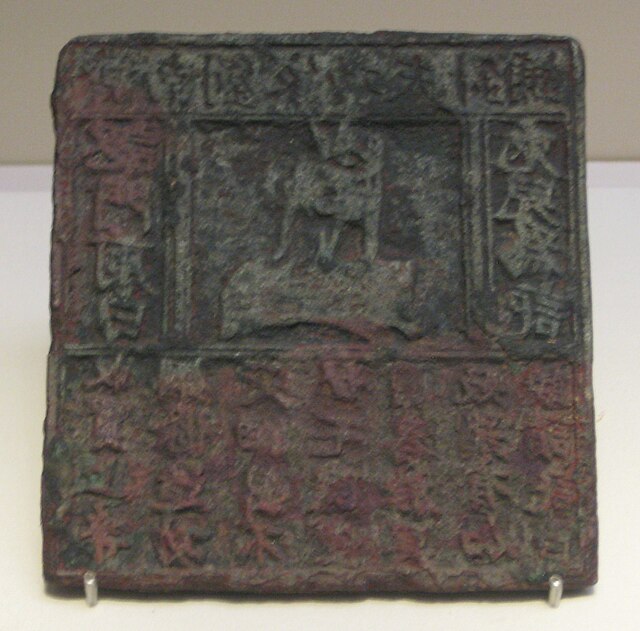A human billboard is someone who applies an advertisement on their person. Most commonly, this means holding or wearing a sign of some sort, but also may include wearing advertising as clothing or in extreme cases, having advertising tattooed on the body. Sign holders are known as human directionals in the advertising industry, or colloquially as sign walkers, sign wavers, sign spinners, sign twirlers or sandwich men. Frequently, they will spin or dance or wear costumes with the promotional sign in order to attract attention.
Two human billboards in Stockholm, one holding a placard and the other wearing a sandwich board
An artistic depiction of human billboards in 19th century London, by George Scharf
Complementary clothing advertisement and directional billboard
Human billboards advertising human billboards, in Melbourne, Australia
Advertising is the practice and techniques employed to bring attention to a product or service. Advertising aims to put a product or service in the spotlight in hopes of drawing it attention from consumers. It is typically used to promote a specific good or service, but there are wide range of uses, the most common being the commercial advertisement.
A commercial on the Berlin U-Bahn that reads: "Did you know... that Wikipedia has more sister projects?", followed by an URL to Germany's Wikimedia chapter
Bronze plate for printing an advertisement for the Liu family needle shop at Jinan, Song dynasty China. It is the world's earliest identified printed advertising medium.
Edo period LEL flyer from 1806 for a traditional medicine called Kinseitan
Poster for Pears soap created under Thomas J. Barratt's leadership, 1900. Victoria and Albert Museum, London








